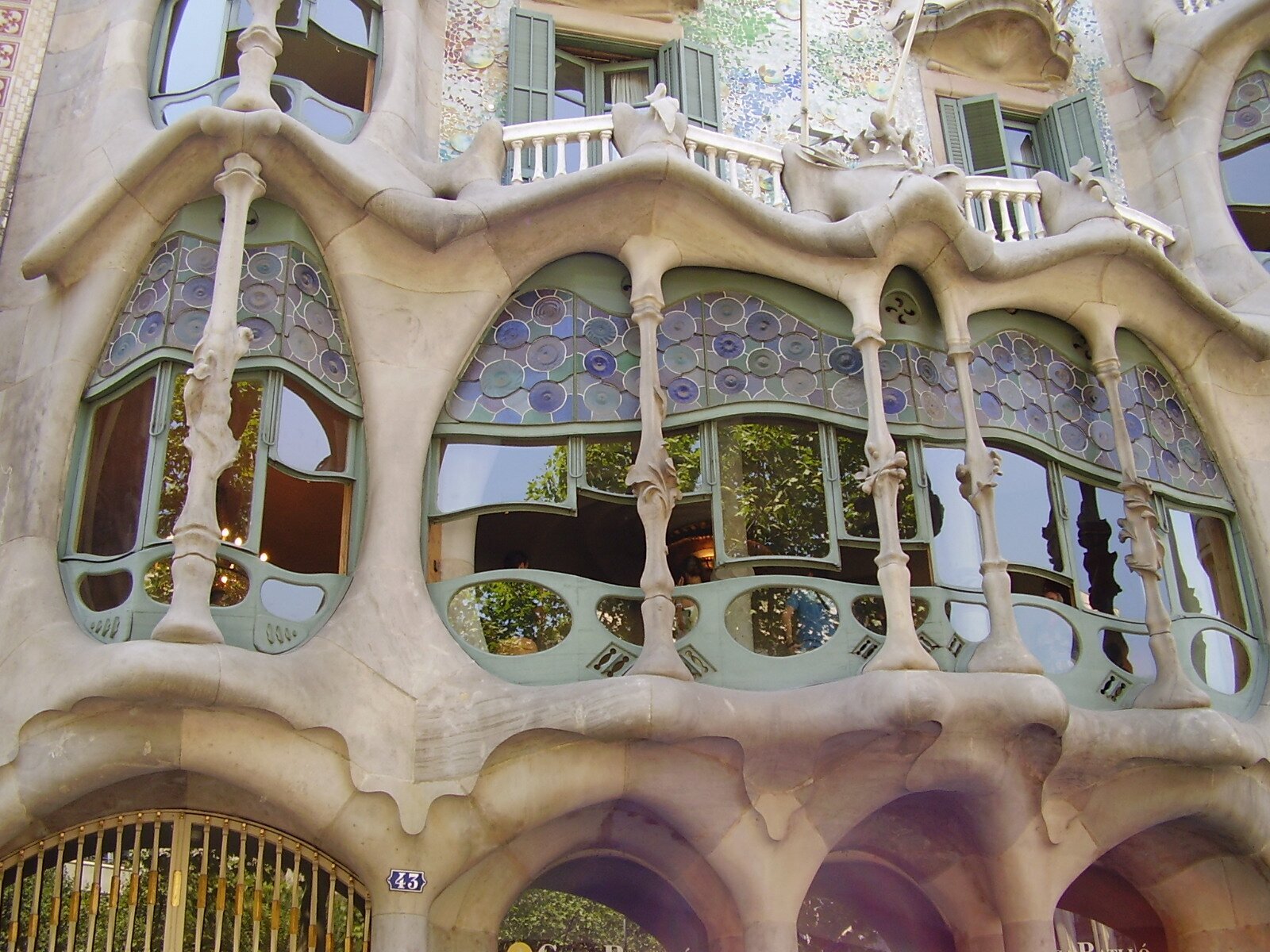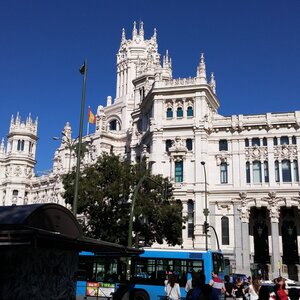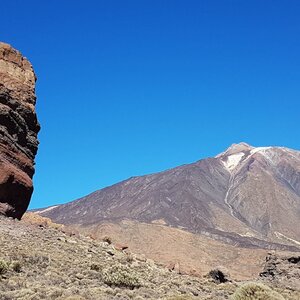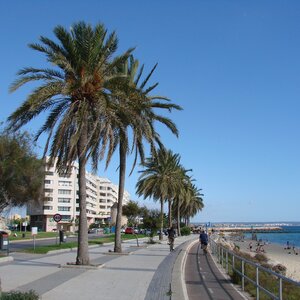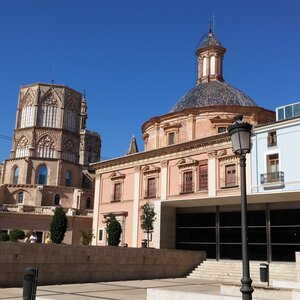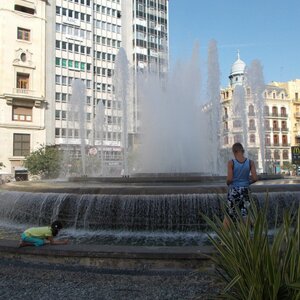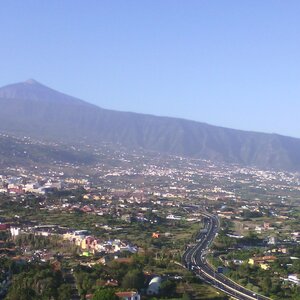I’m going to tell you about eight of the most interesting places near Barcelona that can be reached by public transportation. My list includes small historical towns that can be explored in a few hours, natural attractions that take half a day, and an amusement park where you can spend a few days. Some places on the list are not far from each other and can be combined into one trip.
Bick (Vic).
Bic is a town 70 kilometers from Barcelona with 45,000 people. In Russian it is usually called «Vik», but in Spanish this name is pronounced exactly with a «b». Bic was founded back in the III century BC. On the historical part of the city there is a route, which includes 30 sights. I will tell you about the most interesting places.
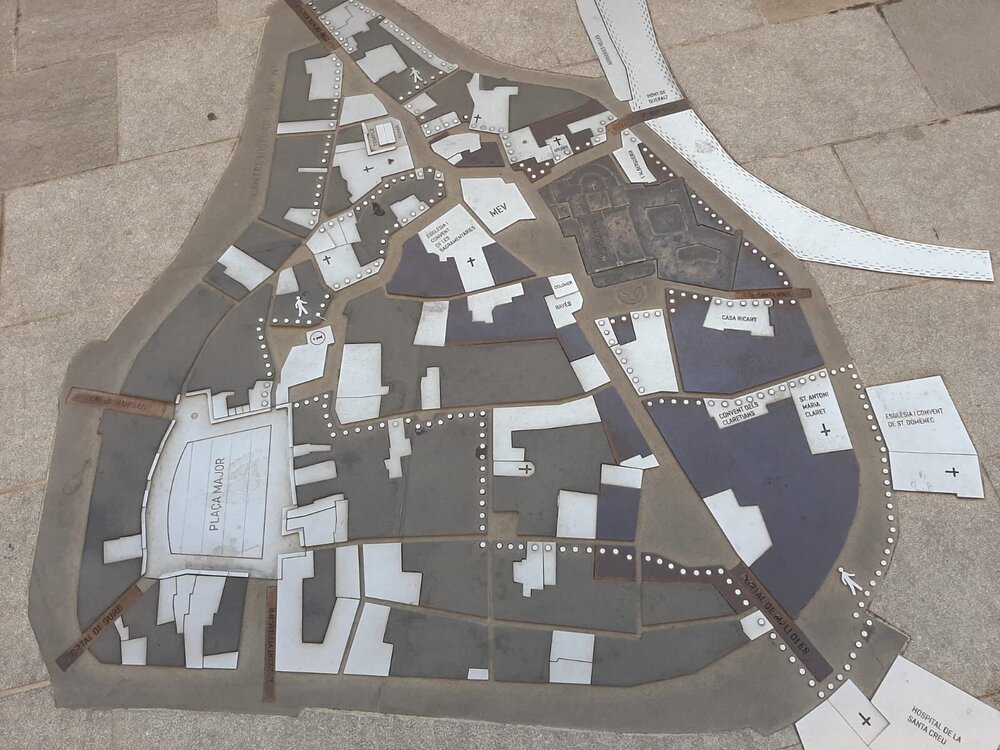
Plaza Mayor
This old square is surrounded by buildings of different periods and styles: Gothic, Baroque, Renaissance and Art Nouveau. On Tuesdays and Saturdays, the square hosts a market and town festivals. The market is non-touristy, it is where locals come to buy food, and if you want to see how Spaniards bargain, this is the place to go.
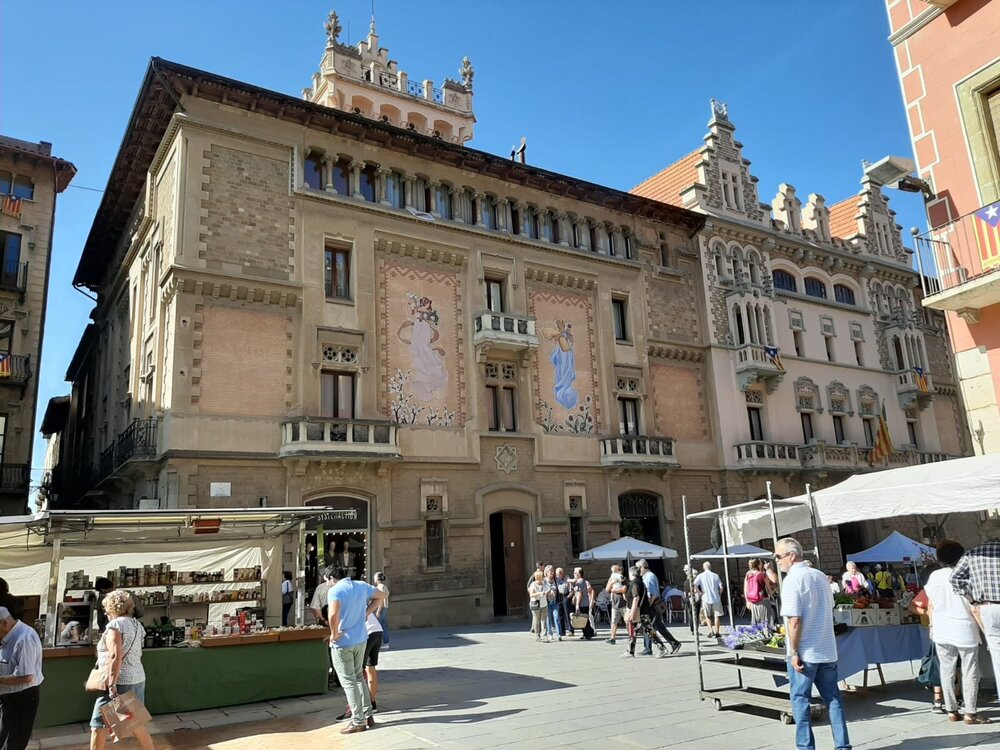
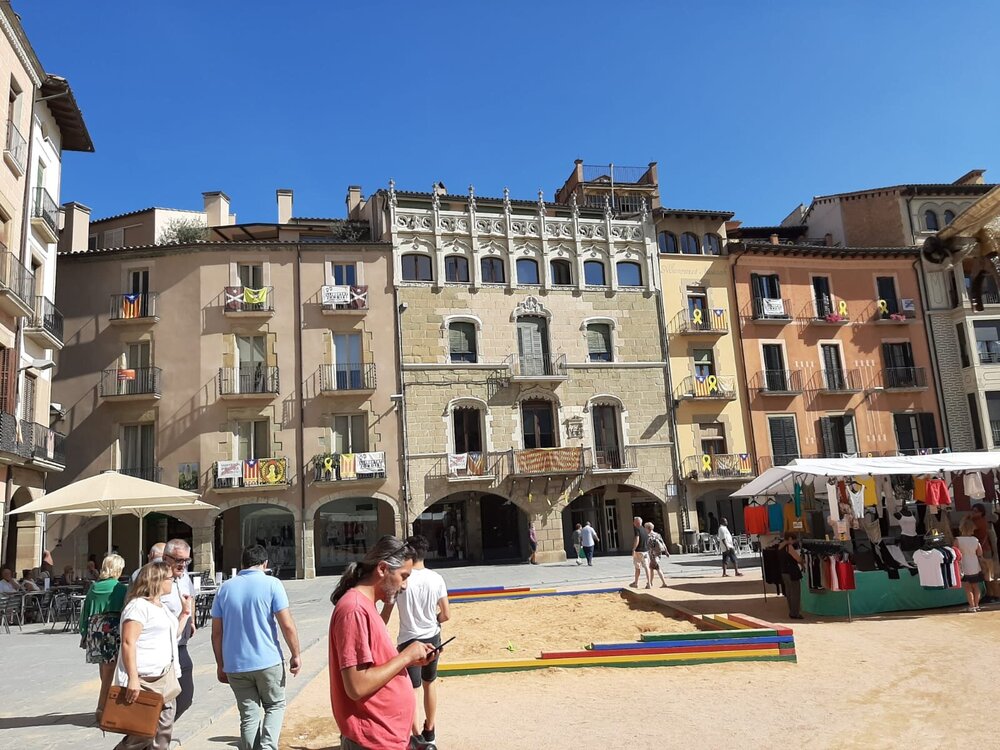
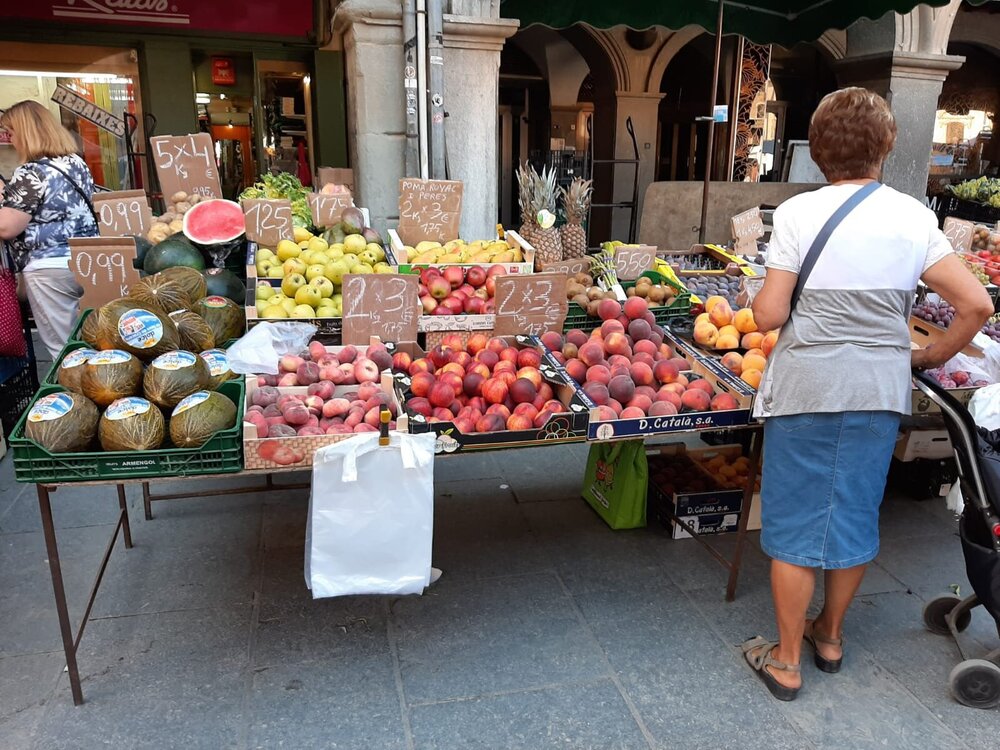
Cathedral (Catedral de San Pedro de Vic)
The church on this site first appeared in the IX century and was rebuilt several times, growing in size. As a result of alterations, the architecture of the cathedral mixed several styles: Romanesque, Gothic, Baroque. The facade of the building is made in neoclassical style.
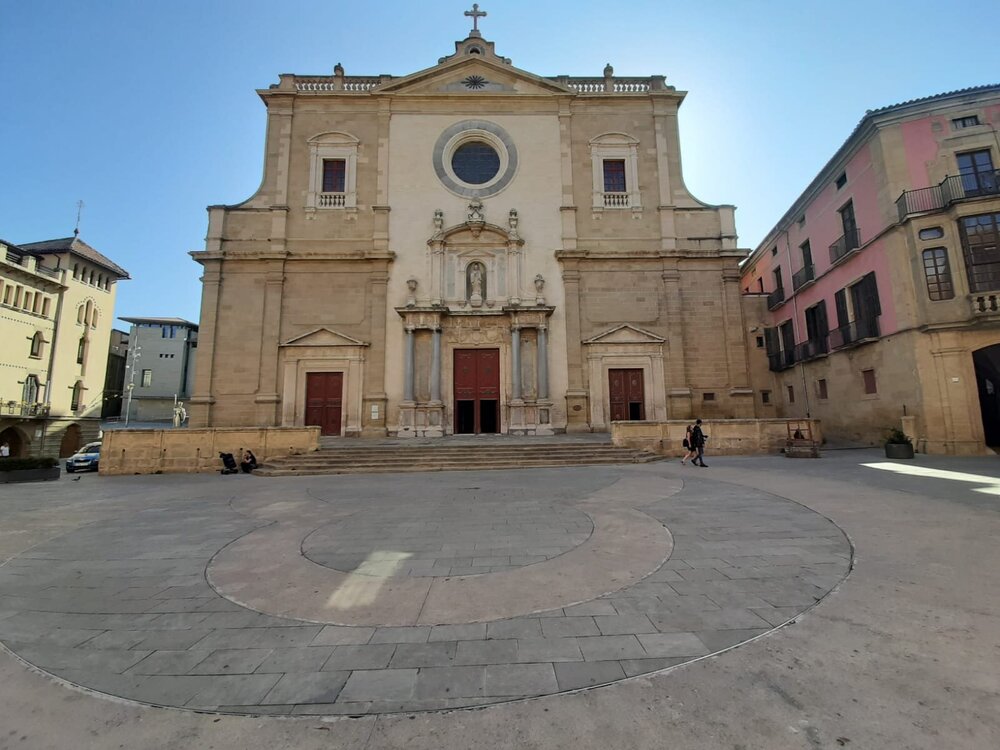
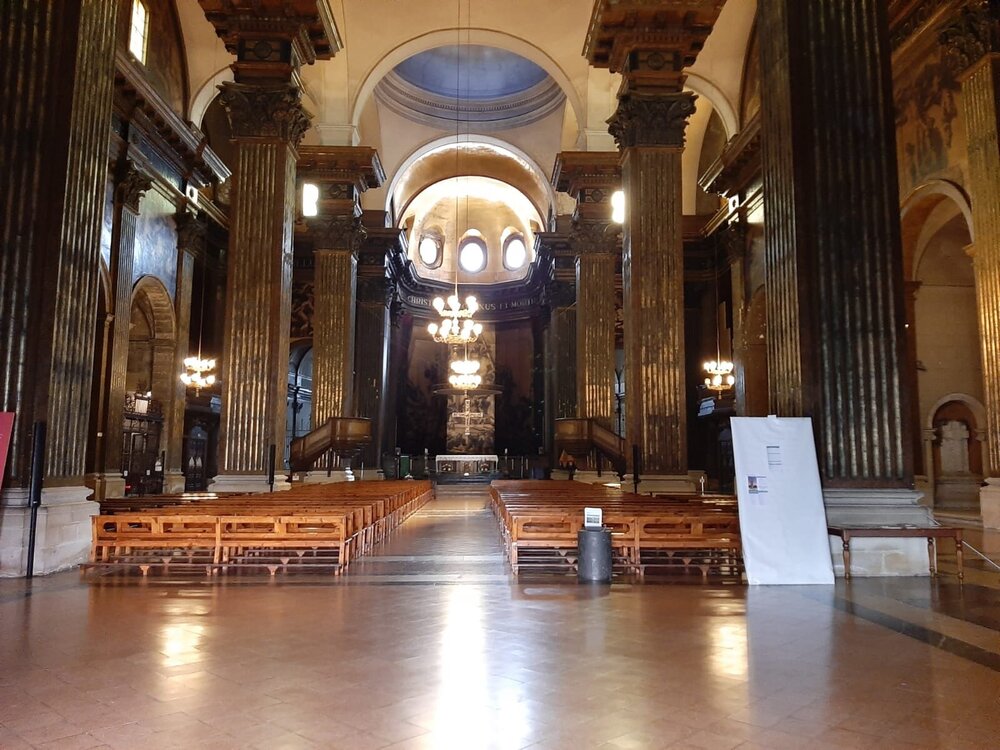
Roman temple (Templo Romano)
A witness to antiquity, the Roman temple appeared here in the 1st century, and in the 11th century it became part of the fortress. Now you can see the restored temple building, but a few fragments of columns and capitals remain from the original.
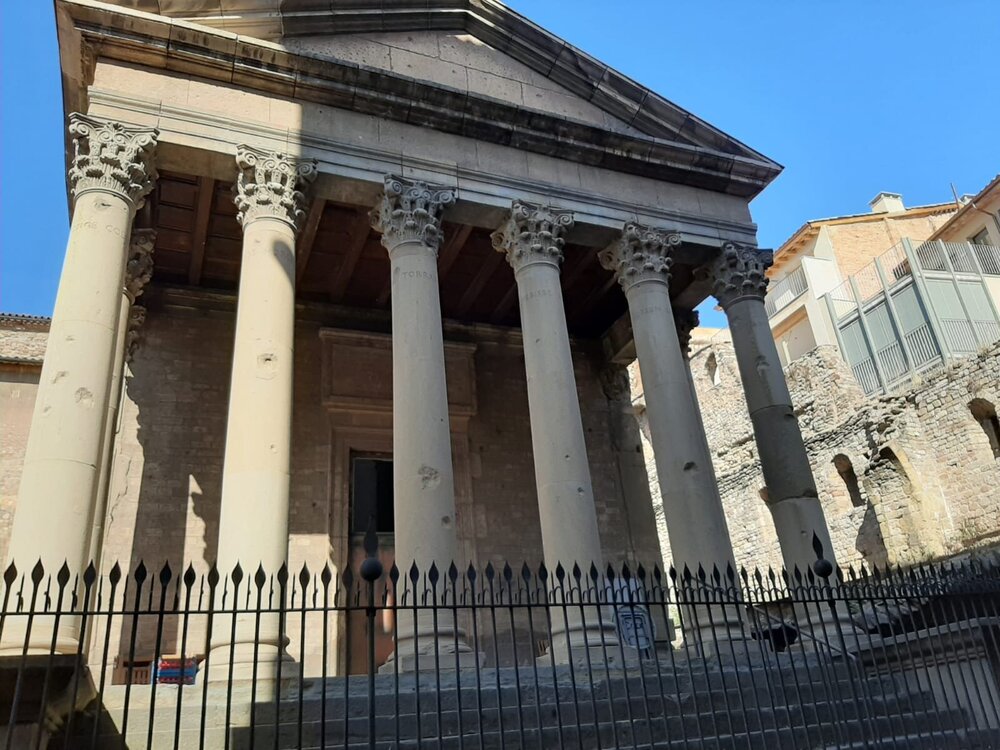
Medieval Festival in Bic
Every year in early December, Bica hosts a large-scale festival — El Mercado Medieval. For a few days, the city recreates the medieval era, and the festival attracts more than 100,000 people — twice the population of the city.
During the festival, costume performances take place in the central part of Bic — they show the life of the city of the XV century, and in the main square you can buy medieval paraphernalia, handicrafts and decorative items. Street, music and dance shows and medieval-style activities for children take place throughout the days.
How to get to Bika
- Sagalés buses: more than 40 trips on weekdays, travel time 1 hour 15 minutes, fare from 7 €.
- Renfe Cercanías electric train: route R3, about 30 trains per day, travel time 1 — 1,5 hours, fare 6,3 €.
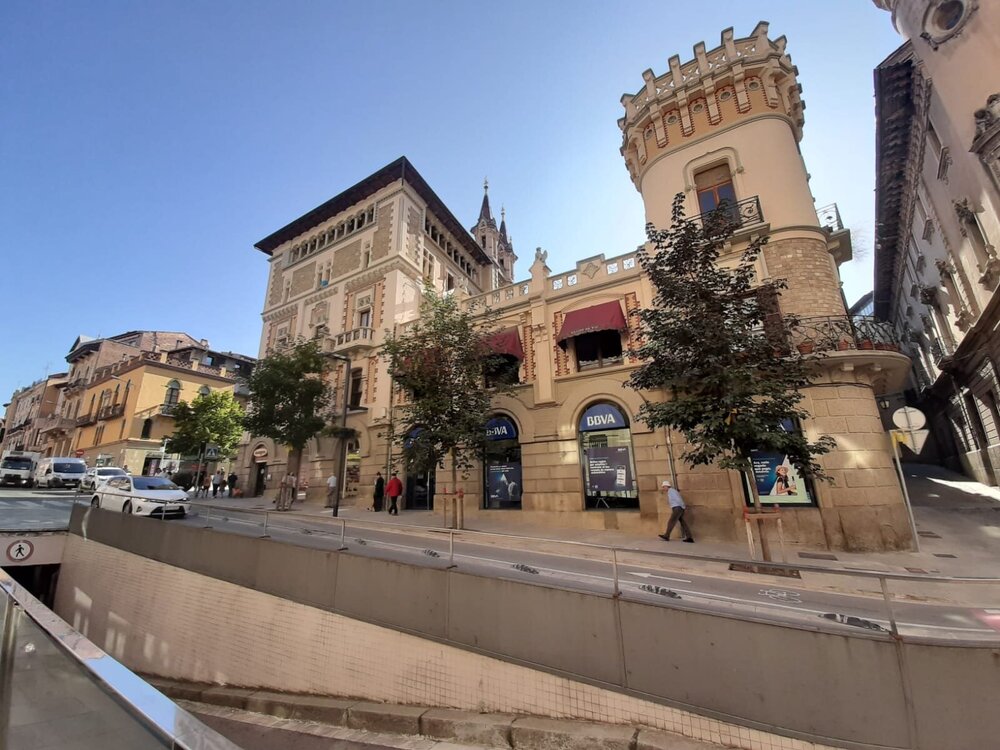
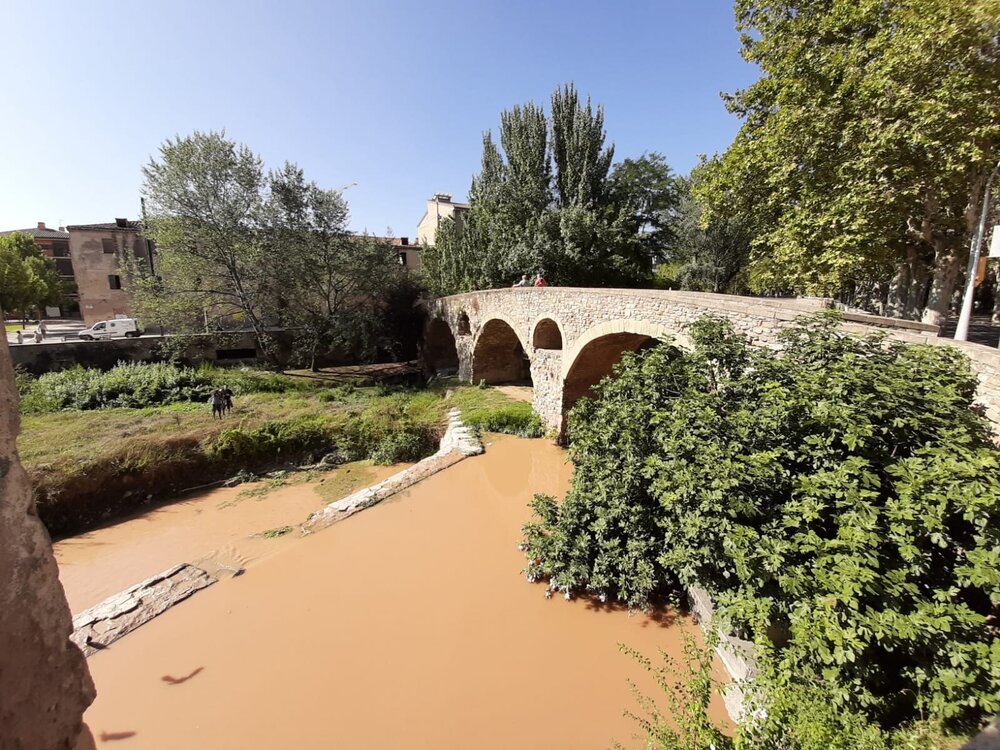
Besalú
In the medieval fortress city of the 10th century with an area of only 5 square kilometers, only 2.4 thousand people live today.
To get to the castle grounds, you have to cross the bridge over the El Fluvia River. This stone bridge is an example of the Romanesque style of the 11th century. In the middle of the bridge, a watchtower was built in the 13th century to collect entrance fees.
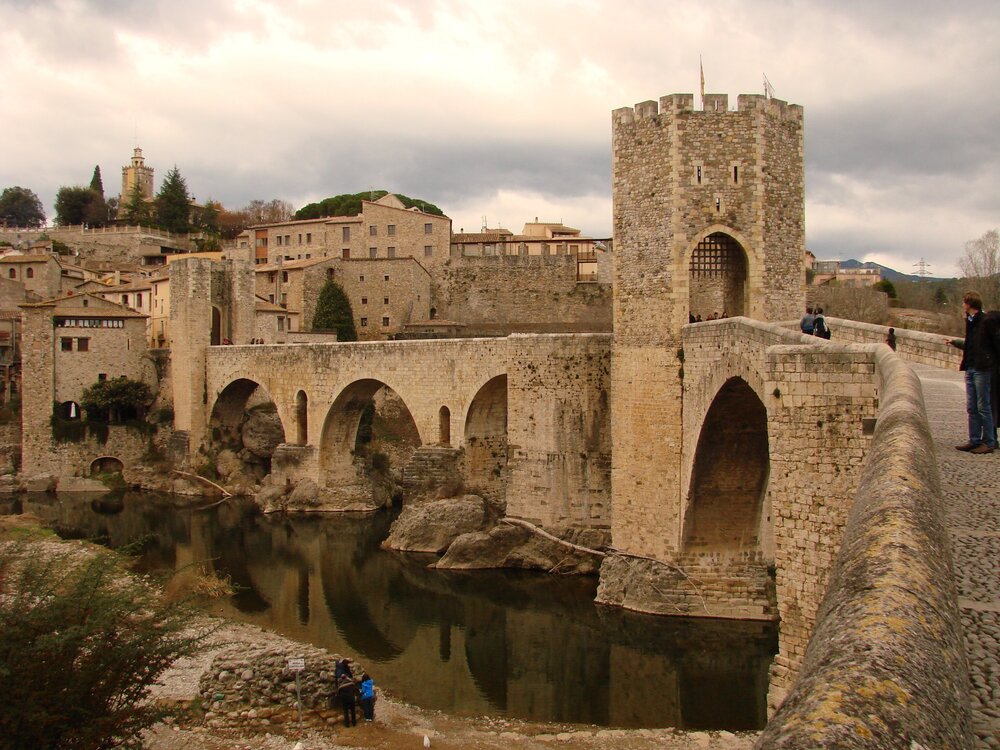

The well-preserved historical center of Besalu is a Spanish National Monument. It takes a couple of hours to walk around the town at a leisurely pace. El Prat de Sant Pere (Saint Peter’s Square) is the center of historic Besalu, with the monastery of the same name. Behind the church, the Hospital of St. Julian is accessible for exterior viewing only. Both 11th century buildings once belonged to a Benedictine monastery.
There are numerous souvenir shops in the medieval narrow streets of the town. The most unusual among them are the local wrought iron products.
Walking around Besal, you will see an unusual detail: chairs on the facades of the houses. They were built for witches, who, according to medieval beliefs, often flew over the city. To prevent the witches from entering the house, chairs were attached to the facades.
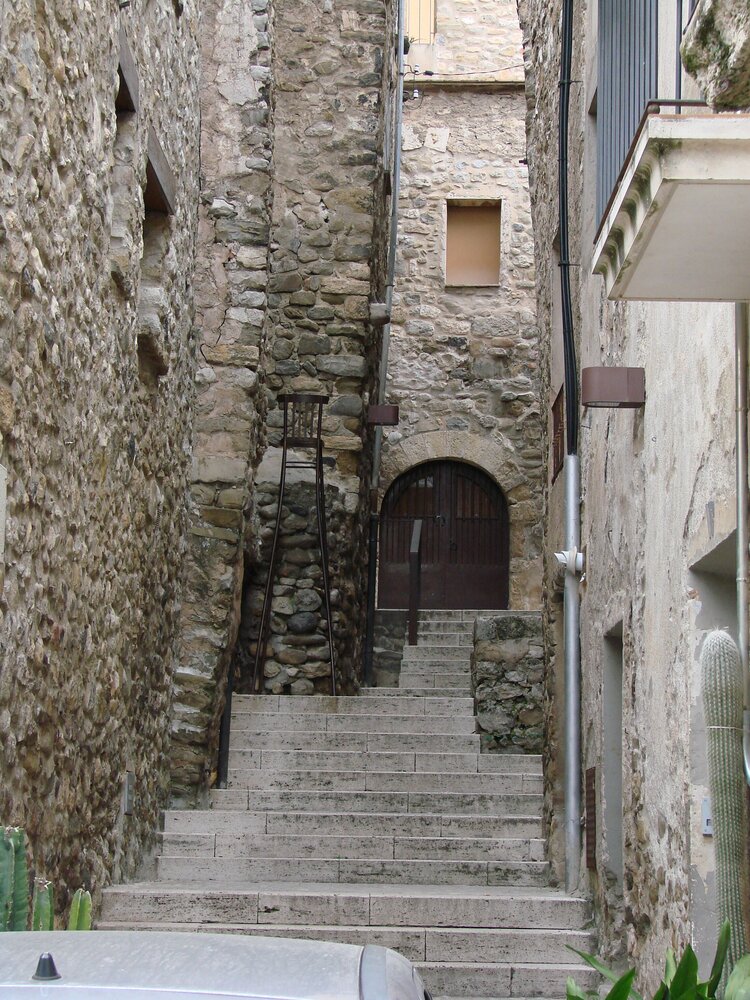
What else to see in Besalu
- The remains of the 12th century Jewish baths are the oldest in Spain.
- The 10th-century Church of St. Vincent, which houses a relic — a sculpture of Our Lady of Sorrows.
- The rest of the attractions are on the city map.
How to get to Besalu
- Teisa buses: three times a day from Barcelona, from Carrer Pau Claris stop 117.
- The fare is 15,7 €.
- Travel time: 1 hour and 41 minutes.

Ripoll
Ripoll is a small medieval town 109 km from Barcelona, which can be visited in a few hours. The town was formed around the Benedictine monastery of Santa Maria(Monestir de Santa Maria de Ripoll), built in 888, and was the religious center of Catalonia from the 11th to the 15th century. The streets of the city are a collection of architectural monuments in styles ranging from Romanesque to modernism.
The Romanesque-style monastery has a 12th-century portal with biblical scenes and an inner courtyard that are particularly interesting.
What else is there to see in Ripola
- The Gothic Church of Sant Pere.
- Chapel Capilla de Sant Miquel de la Roqueta, 1912 in Art Nouveau style.
How to get to Ripol
- Teisa buses: travel time 1 hour and 35 minutes, fare 11,4 €.
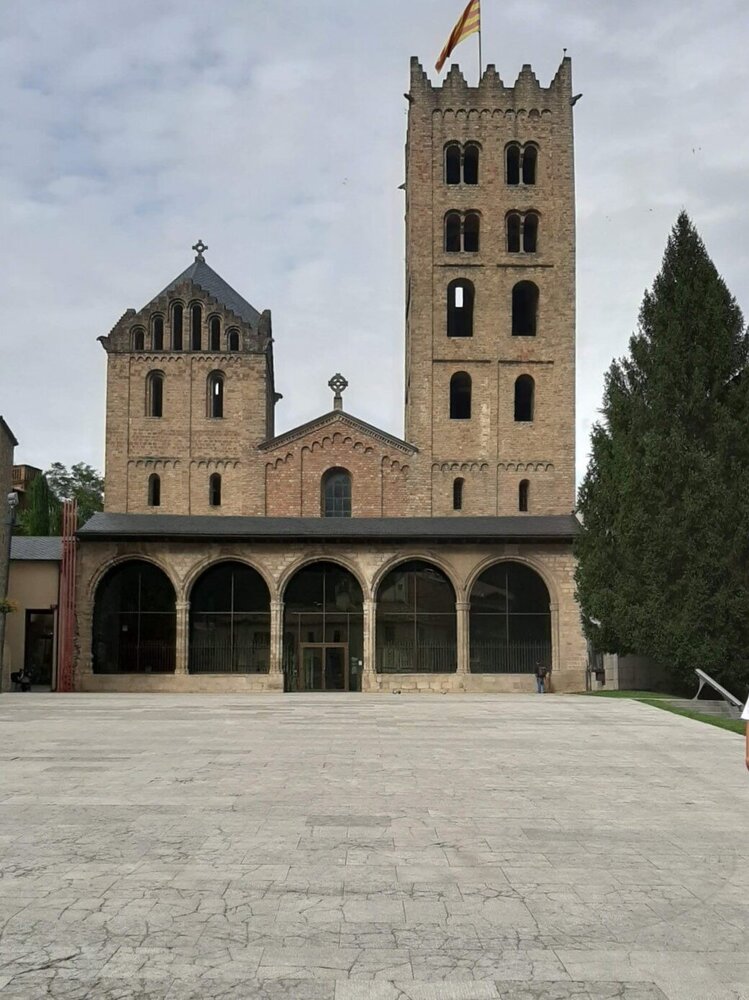
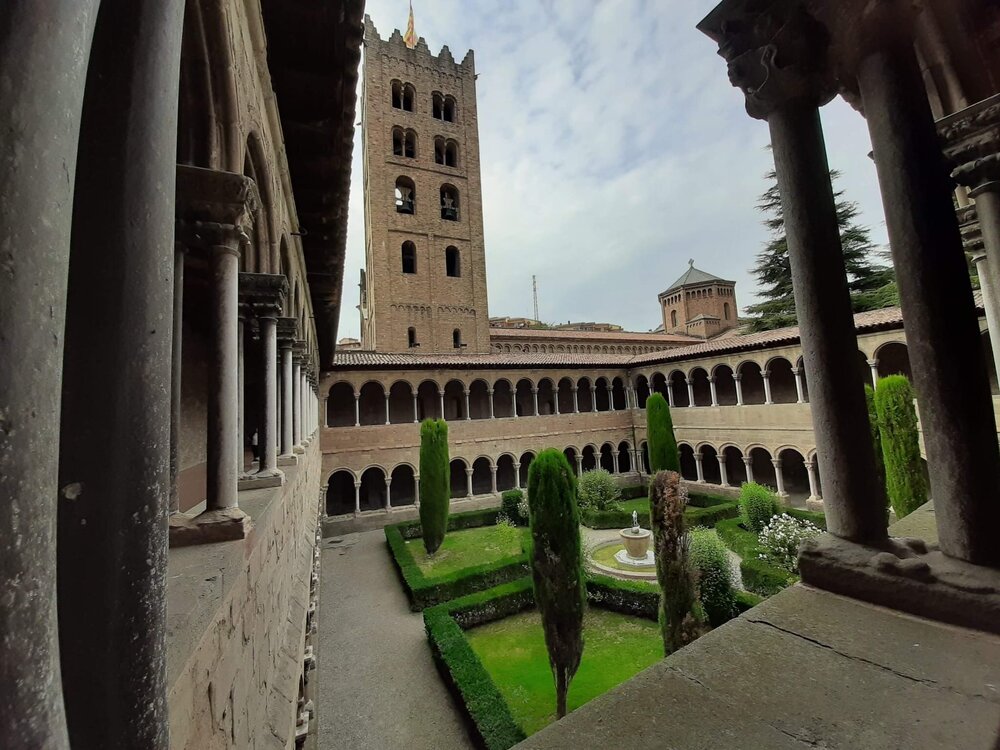
Monastery of Montserrat (Monasterio de Montserrat)
The Benedictine Monastery of Monserrat is located in the Pyrenees in the National Park of Catalonia, 50 km from Barcelona, at an altitude of 725 meters.
The monastery was founded in 1025. Here in the Basilica is kept the main relic of Catalonia — the Black Virgin Mary and Child of the IX century. This relic attracts thousands of tourists and pilgrims from all over the world to Monserrat. It is believed that if you make a wish and touch the hand of the Black Madonna, it will come true.
What else to see in the monastery complex:
- Monserrat Museum with a collection of works by famous Impressionists and Modernists, icons and jewelry. There are paintings by Monet, Picasso, Dalí and Caravaggio.
- The altar chapel, on which, among others, the famous architect Antoni Gaudi worked.
- 15 sculptures of Catalan modernism from the 19th to 20th centuries, located in the outdoor area of the complex.
Every day, except vacations, at 13.00 in the Basilica there are services at which you can hear the famous boys' choir (Escolania de Montserrat) — it traces its history back to the XIV century.
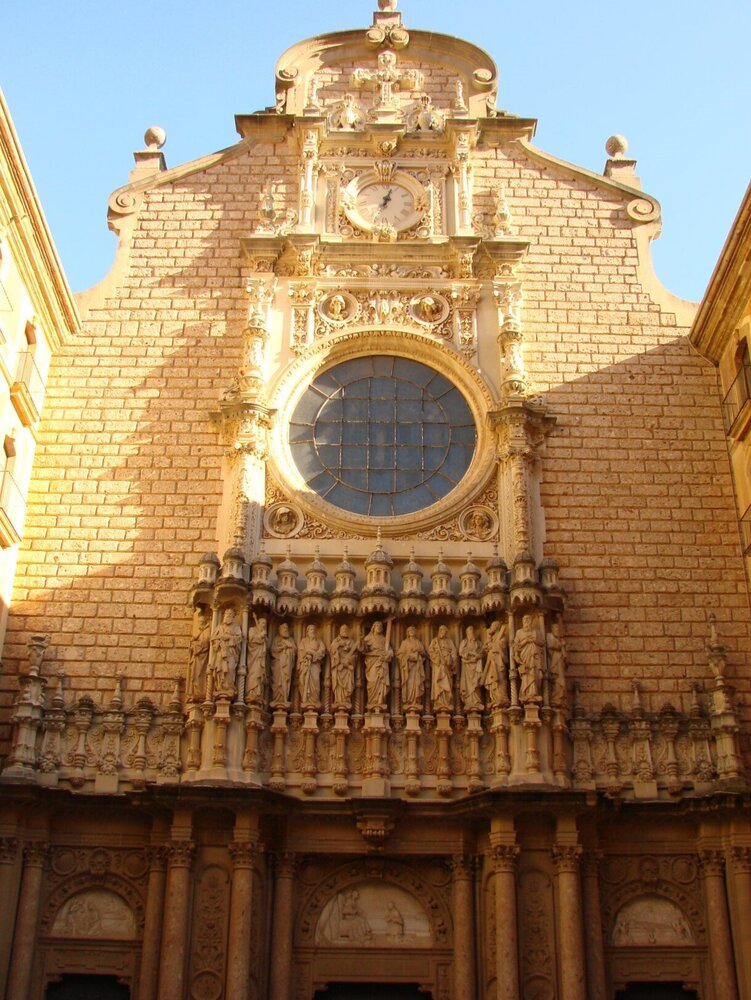
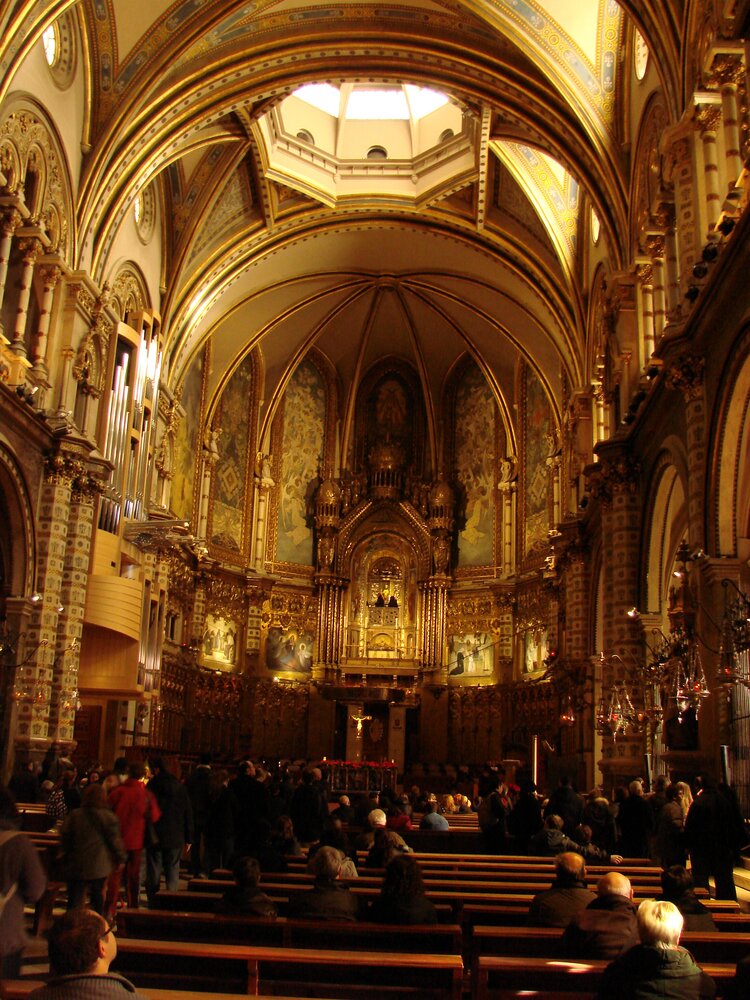
There are many mountain hiking trails of varying difficulty in the vicinity of the monastery. One of them leads to the Holy Grotto, where the Black Madonna was discovered.
You can dine on the grounds of the monastery in a self-service café, restaurant or bring your own food and take a table on the observation deck.
If you do not want to stand in line for a long time to the Black Madonna, I recommend coming to Monserrat in the afternoon, when the number of tourists is significantly reduced.
How to get to Monserrat
There are 2 ways to get to the monastery: by train and by bus.
FGC trains(Ferrocarrils de la Generalitat de Catalunya):
- Route R5 (Barcelona-Manresa), from Plaça Espanya station. Interval 20 — 30 minutes, travel time 1 hour.
- Get off at Montserrat Aeri station and take the cable car up to the monastery, or get off at Monistrol de Montserrat station and take the cog train(Cremallera de Montserrat) up to the top.
- TRANS MONTSERRAT round trip combined ticket costs 31,6 €. Includes metro, FGC train, cremaller and cable car from the monastery to the viewpoint at the top of the mountain.
- A ticket for the FGC train is €5.25 one way.
- Ticket for the cable car: one way for adults — 7,5 €, round trip — 11,5 €, children from 4 to 13 years old — 4 € one way, round trip — 6 €.
Autocares Juliàbus : once a day from the Estación deAutobusos de Sants stop directly to the monastery, one way ticket 5,25 €.
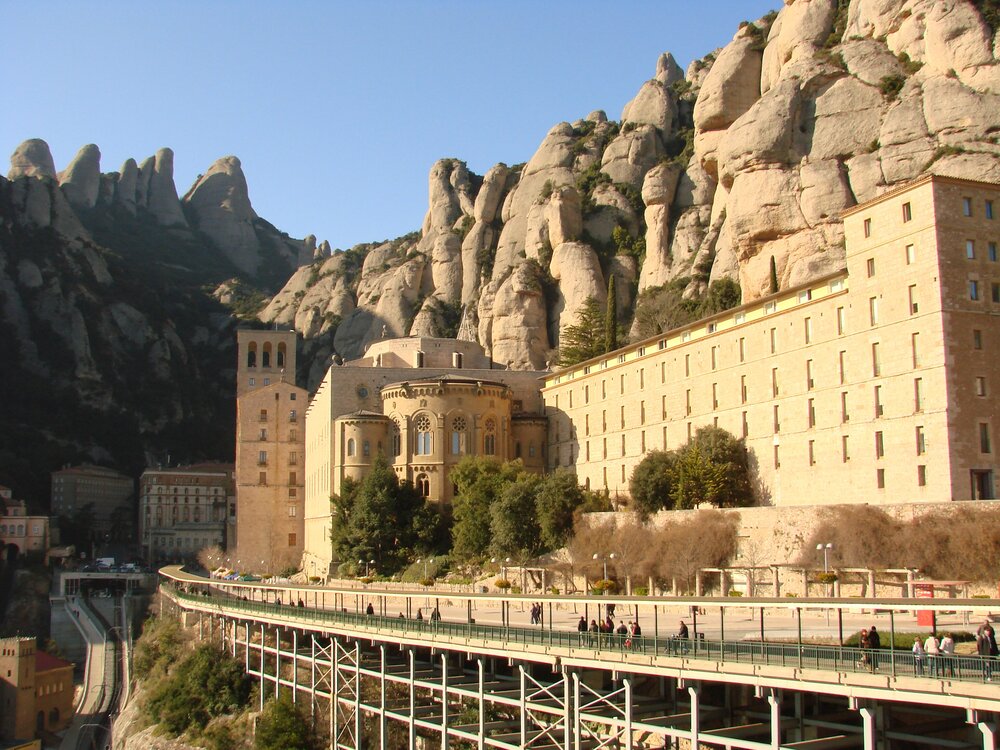
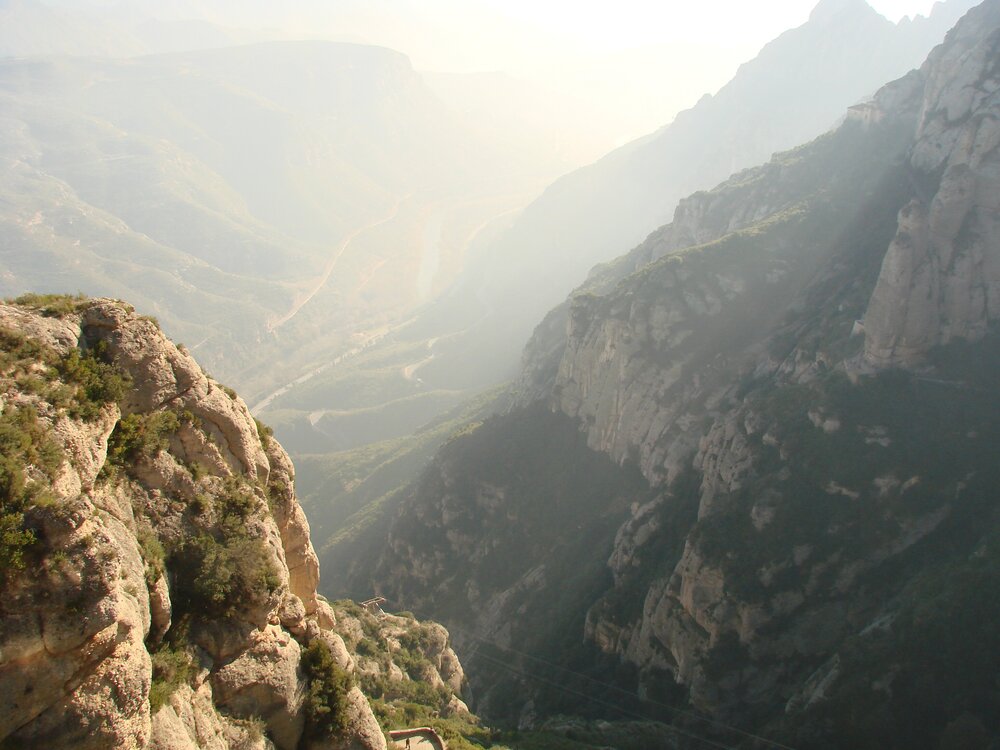
Valley of St. Núria (Vall de Núria)
Val de Nuria is a complex in the Pyrenees Valley, at an altitude of 1950 meters above sea level. The valley has clean mountain air, in summer you can go boating on the mountain lake, take one of the mountain hiking trails and have a picnic in a special area by the lake. In winter the valley has a ski resort with ski elevators and equipment rentals.
In the center of the valley stands a modern building with a museum, a hotel and a temple. The building was built on the site of a 17th century church that did not survive the Spanish Civil War. In the temple there is a shrine of the valley — a statue of St. Nuria, which, as pilgrims believe, helps couples to have children.
Part of the way (12.5 km) to the valley can only be traveled by a cog train, the cremaller.
How to get to Val de Nuria
- At Barcelona Sants station, take the Renfe train, route R3, to the Ribes de Freser stop. Travel time is 2 hours and 20 minutes. The fare is 9.1 €.
- Change to the cog train — cremallera to Val de Nuria. Travel time is 40 minutes.
- Cremaller fare: adults, round trip — 25,5 €, one way — 16 € children 7 — 14 years old, round trip — 15,5 €, one way — 9,6 € children 4 — 6 years old — 3 € under 3 years old — free.



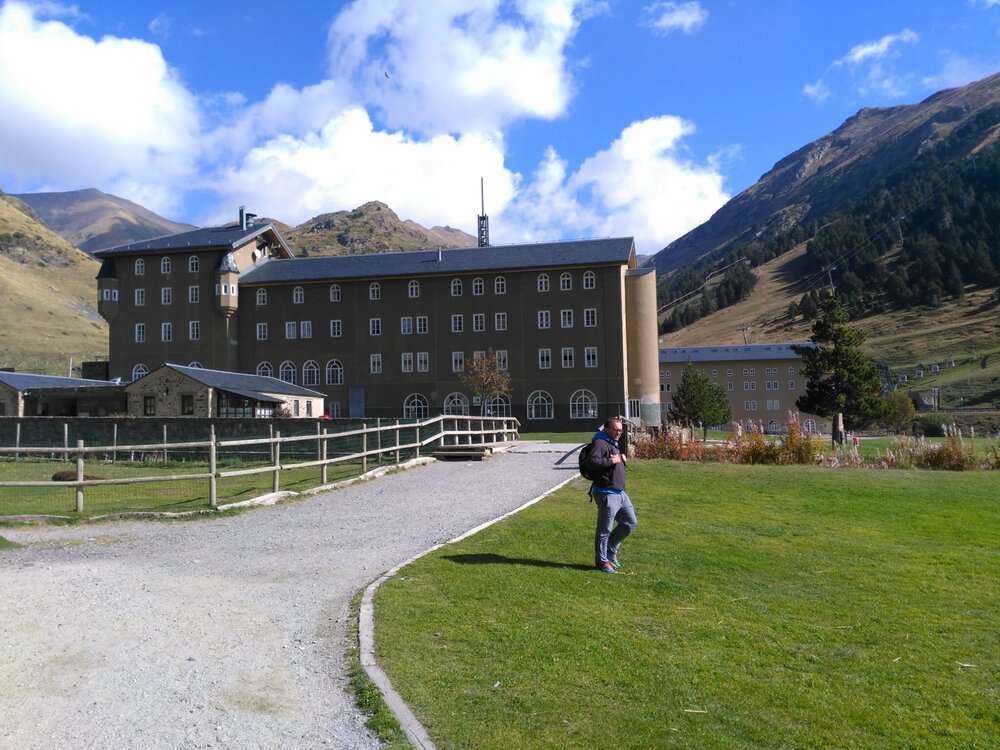
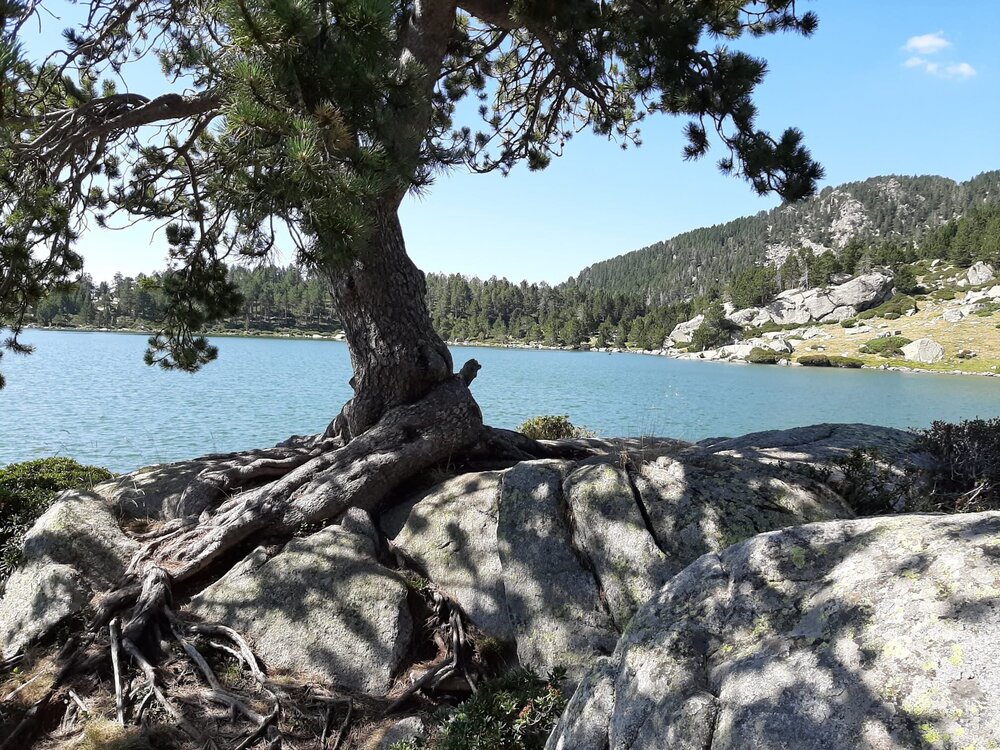
Sau Reservoir (Pantano de Sau)
Another natural route is a reservoir in a mountain gorge, 100 km from Barcelona. It was created in 1962 as a water reservoir and a place to build a hydroelectric power plant. The reservoir is 17 km long and 3 km wide.

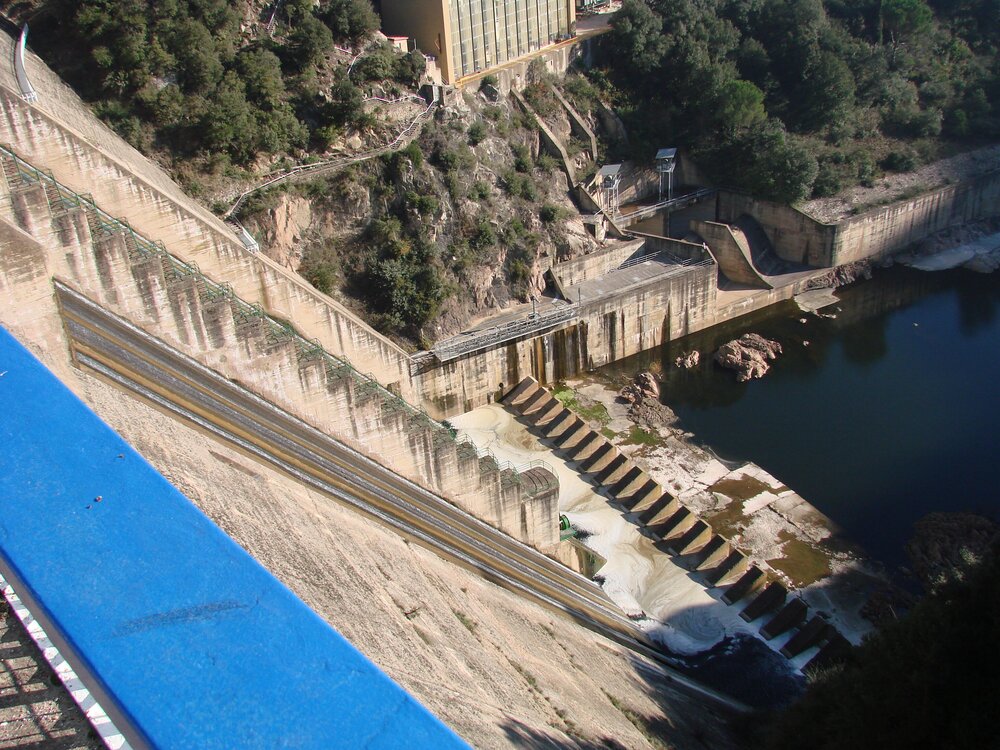
To build the reservoir, the ancient village of Sant Roma de Sau had to be flooded. The village’s tallest building, the 10th century church of St. Mary, is still visible in the middle of the lake. In winter, when the water level is at its highest, only the spire of the church tower is visible. And in the dry summer, when the water supply drops to a minimum, you can see the entire church and the houses of the flooded village.
The reservoir is located in a mountainous and picturesque place with viewing platforms. Here you can go boating, diving, surfing and fishing.
How to get to Sau Reservoir
- Renfe Cercanías electric train: route R3. From Barcelona Sants station to the town of Bic (Vic). The fare is 6.3 € and the journey takes 1.5 hours.
- Take a cab from Bika train station and drive 18 km to the reservoir. The fare is 25 €.

Parque Natural del Delta del Ebre National Park (Parque Natural del Delta de l’Ebre)
The place where Spain’s largest river, the Ebro, flows into the Mediterranean Sea, forming a delta, is a biosphere reserve. It is located 190 km from Barcelona and covers an area of more than 300 square kilometers.
It is an ideal place for ecotourism. Rice, mussels and oysters are grown here, and sea salt is mined. There are bird and animal viewing platforms on the territory of the reserve, fishing and windsurfing on the coast. There are many beaches, and the longest one is Playa del Trabucador on a sandy spit of 10 km.
The huge national park is best navigated by rented car or bicycle.
How to get to the Ebro Delta
- By Hife bus: travel time is 3 hours 28 minutes and the fare is 21,98 €.
- By Renfe regional train: route R16, to L’Aldea-Amposta stop. Travel time is 2 hours 15 minutes and the fare is 12 €.
- By car: travel time is 2 hours.

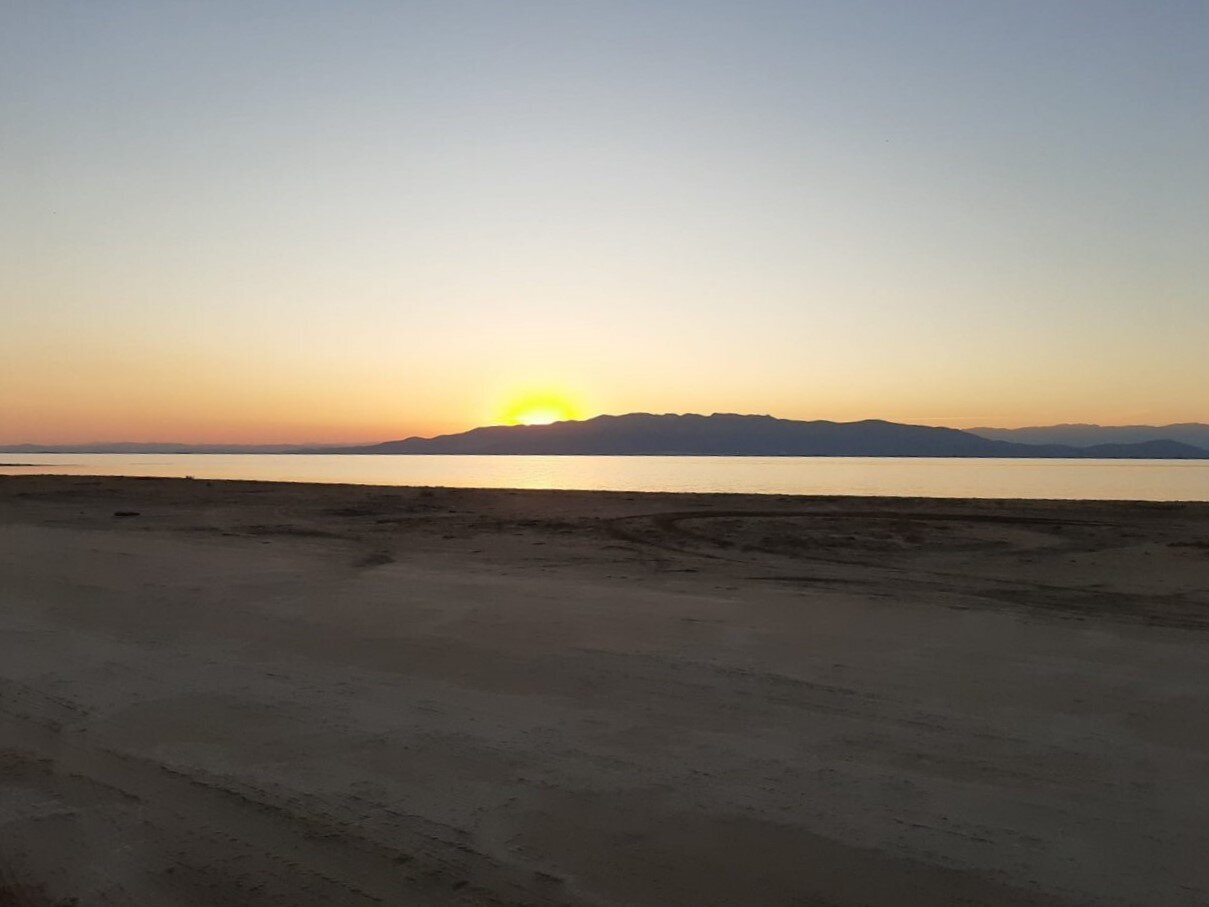
Port Aventura World (Port Aventura World)
PortAventura, the largest amusement park complex in the region, is located 105 km from Barcelona. The park opened to the public in 1995 and since then it has been expanding and improving, with new attractions and entertainment zones.
Port Aventura World features two theme parks, PortAventura Park and Ferrari Land (opened in 2017), a Costa Caribe water park, a golf course and six park-style hotels.
The largest part of the complex is PortAventura Park. It is divided into 6 zones: Mediterranean, China, Polynesia, Mexico, Wild West and Sesame Aventura for the youngest visitors.
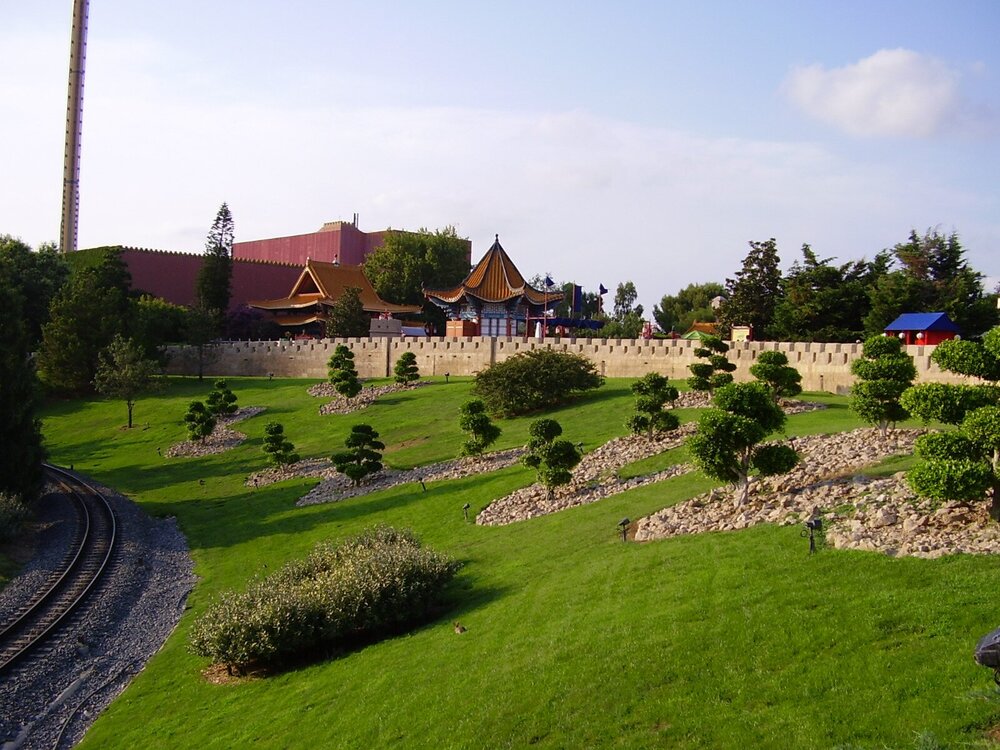
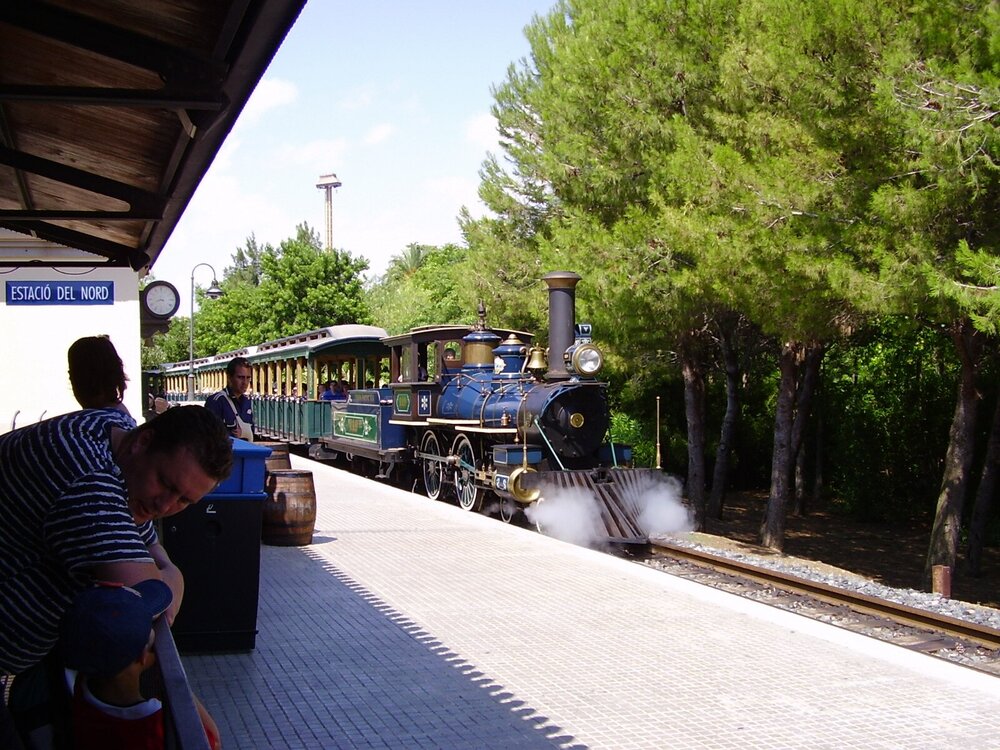
Each zone has attractions of varying complexity from extreme to children’s rides. Several times a day there are themed shows, animators, cafes, restaurants and souvenir stores. The park’s festive days end with a fireworks display.
The park has water activities, I recommend bringing rain gear and a change of clothes.
How to get to PortAventura
PortAventura is most conveniently reached by Renfe Cercanías trains:
- Route R16 travel time is 1 hour and 20 minutes and the fare is €7.7.
- If you buy a combined ticket: electric train + entrance ticket to the park, the round trip will be free of charge.
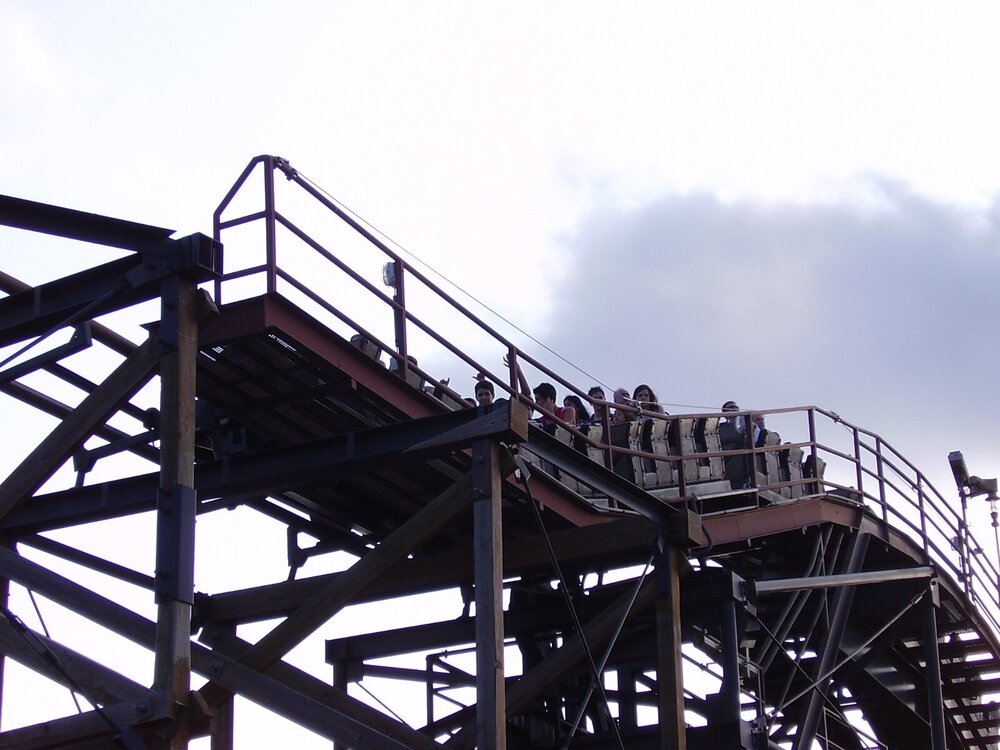
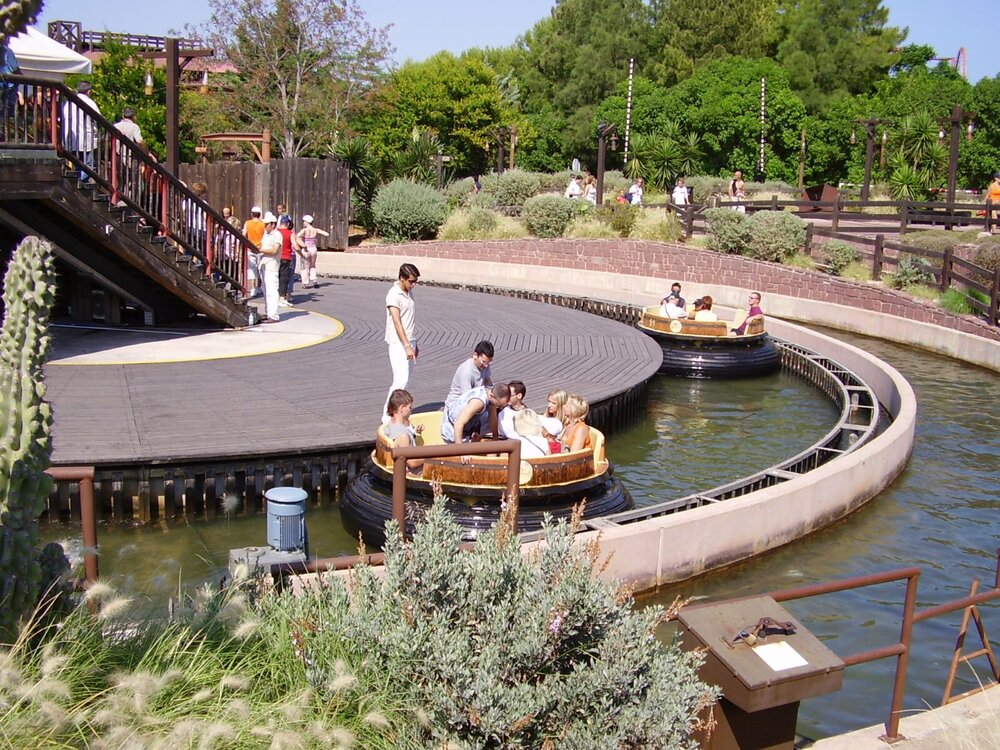
It’ll come in handy before the trip
The transportation infrastructure in Spain is well developed, so it is easy to get out of Barcelona and see Catalonia. The most convenient way to get there is by electric trains and trains of the state company Renfe. A rented car will give you an opportunity to see the most remote natural corners of the region and save time.
- Check train and bus timetables: Omio.com, RailEurope, Trainline
- Car rental in Barcelona: Rentalcars
When traveling to the mountains, don’t forget warm clothes, as it can be chilly even in summer. In the cities and in nature you will need sunscreen, because Spain is a sunny country! When going to the mountains and PortAventura, make sure that you have not forgotten the option «Active Recreation» in your travel insurance.
- Travel Insurance: Cherehapa
Where else to go from Barcelona
- Ancient Tarragona

